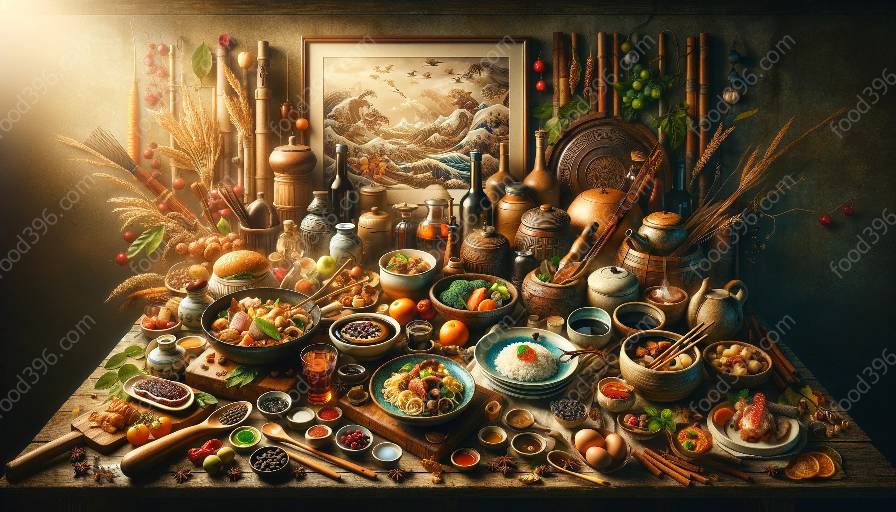Fusion cuisine has significantly impacted the evolution of modern restaurant menus, with a rich history that intertwines diverse culinary traditions and flavors to create unique and exciting dining experiences.
Fusion Cuisine History
The history of fusion cuisine can be traced back to ancient times when trade routes and cultural exchanges brought ingredients and cooking methods from different regions together. The blending of culinary traditions was further influenced by historical events such as conquests, colonization, and immigration, leading to the cross-pollination of flavors and cooking techniques.
In more recent history, the term 'fusion cuisine' gained momentum in the 1970s and 1980s as chefs began to experiment with combining elements from different culinary traditions to create innovative dishes. This trend was driven by a growing interest in global flavors and a desire to break away from traditional culinary confines.
Cuisine History
To understand the influence of fusion cuisine on modern restaurant menus, it is essential to consider the broader history of cuisine. Culinary traditions have evolved over centuries, shaped by agricultural practices, cultural exchanges, and technological advancements. The roots of various cuisines can be traced back to ancient civilizations and empires, with each region developing its distinctive culinary identity based on local ingredients, cooking methods, and cultural practices.
The Impact on Modern Restaurant Menus
The influence of fusion cuisine on modern restaurant menus is evident in the way chefs and restaurateurs incorporate diverse culinary elements into their offerings. This trend has led to a fusion of flavors, ingredients, and cooking techniques, resulting in a dynamic and adventurous dining experience for patrons.
Diversity of Ingredients
One of the most significant contributions of fusion cuisine to modern restaurant menus is the introduction of a broader range of ingredients from different culinary traditions. Chefs have embraced diverse spices, herbs, and produce from around the world, allowing for the creation of vibrant and eclectic dishes that cater to a more adventurous palate.
Cross-Cultural Techniques
Fusion cuisine has also encouraged the adoption of cross-cultural cooking techniques, enabling chefs to combine and reimagine traditional methods to create unique and innovative dishes. This approach has blurred the boundaries between culinary traditions, leading to a melting pot of cooking styles that allow for endless creative possibilities.
Innovative Flavor Combinations
Modern restaurant menus heavily influenced by fusion cuisine often feature innovative flavor combinations that go beyond traditional pairings. Chefs are not limited by the conventions of a single culinary tradition, allowing them to experiment with unexpected and harmonious flavor profiles that surprise and delight diners.
The Advent of Global Awareness
The growing popularity of fusion cuisine has also contributed to a heightened global awareness of diverse culinary traditions. Diners are increasingly exposed to a wide range of flavors and cooking styles, fostering a sense of culinary curiosity and openness to new dining experiences.
Conclusion
The influence of fusion cuisine on modern restaurant menus has reshaped the way we approach dining, bringing together diverse culinary elements to create a rich tapestry of flavors and experiences. From its historical roots to its contemporary impact, fusion cuisine continues to inspire chefs and captivate diners with its innovative and adventurous approach to culinary creativity.

